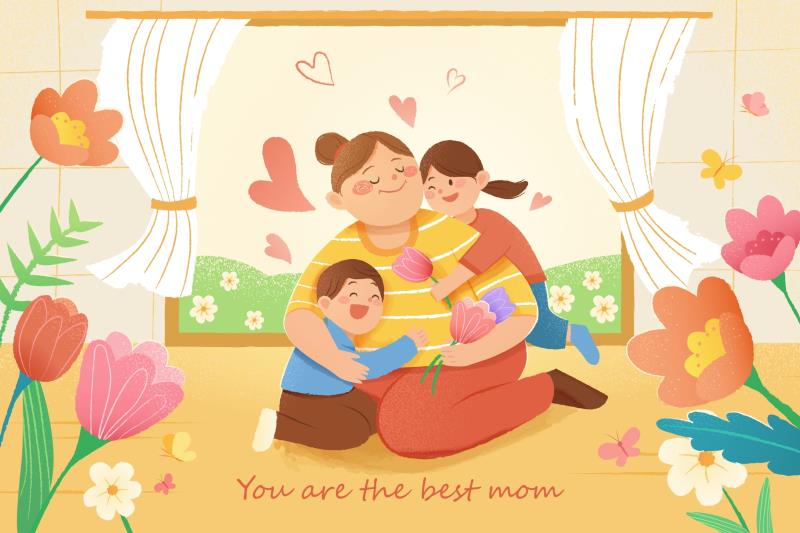Childhood maternal warmth shapes adolescents’ mental health through social safety





Early-life maternal warmth shapes adolescents’ mental and physical health, with perceptions of social safety mediating this effect, the Millennium cohort study has shown.
“Although early maternal warmth strongly predicts adolescent health, questions remain about the biopsychosocial mechanisms underlying this association,” wrote the researchers. They therefore conducted a birth cohort survey of 19,200 children born in the UK from 2000 to 2002. The final analytic sample included 8,540 youths (female, 52 percent). [JAMA Psychiatry 2025;doi:10.1001/jamapsychiatry.2025.0815]
Participants were assessed for low maternal warmth (eg, lack of praise, speaking to the child with a negative tone) and harsh parenting (eg, physical restraint, grabbing the child) at age 3 years. Social safety schemas were measured at age 14 years through the following items: “I have family and friends who help me feel safe, secure, and happy,” “There is someone I trust whom I would turn to for advice if I were having problems,” and “There is no one I feel close to.” At age 17 years, participants reported physical health and psychological problems, including clinical diagnosis of depression or anxiety, self-harm, and suicidal behaviours.
Observer-assessed maternal warmth at age 3 years — such as a voice that conveyed positive feelings when speaking to or about the child; mother engaging in conversations with the child at least twice, excluding any scolding or negative comments; mother caressing, kissing, or cuddling the child at least once — was associated with more positive social safety schemas at 14 years of age (b, 0.03; p<0.001) and better physical health at 17 years of age (b, 0.05; p=0.02).
“Maternal warmth at 3 years of age influenced how adolescents think about the availability of social safety at 14 years of age, which positively affected both mental and physical health at 17 years of age,” noted the researchers.
Youths with more negative social safety schemas at 14 years of age had poorer physical health (b=0.50; p<0.001), psychological distress (b, 5.37; p<0.001), and psychiatric problems (b, 0.21; p<0.001) at 17 years of age. Those with more positive social safety schemas reported better physical and mental health years later, suggesting that greater perceived social safety prospectively predicts better health.
Results indicate that improving social safety, such as engaging with the community and building social networks, may be particularly effective for reducing mental and physical health risks in adolescence.
Notably, all direct and indirect paths from maternal harshness to social safety schemas and subsequent health were nonsignificant. Social safety at 14 years of age mediated 20–100 percent of the effect of early maternal warmth on physical health, psychological distress, and psychiatric problems at 17 years of age (p<0.001 for all).
“The need for effective interventions to combat anxiety, depression, self-harm, and suicide has never been greater,” commented the researchers. “The present results may be useful in this context because they speak to the idea that if healthcare professionals can augment a youth’s social safety schema by increasing their perceptions of available social safety and inclusion, they may be able to improve both their mental and physical health even when they have experienced low maternal warmth.”